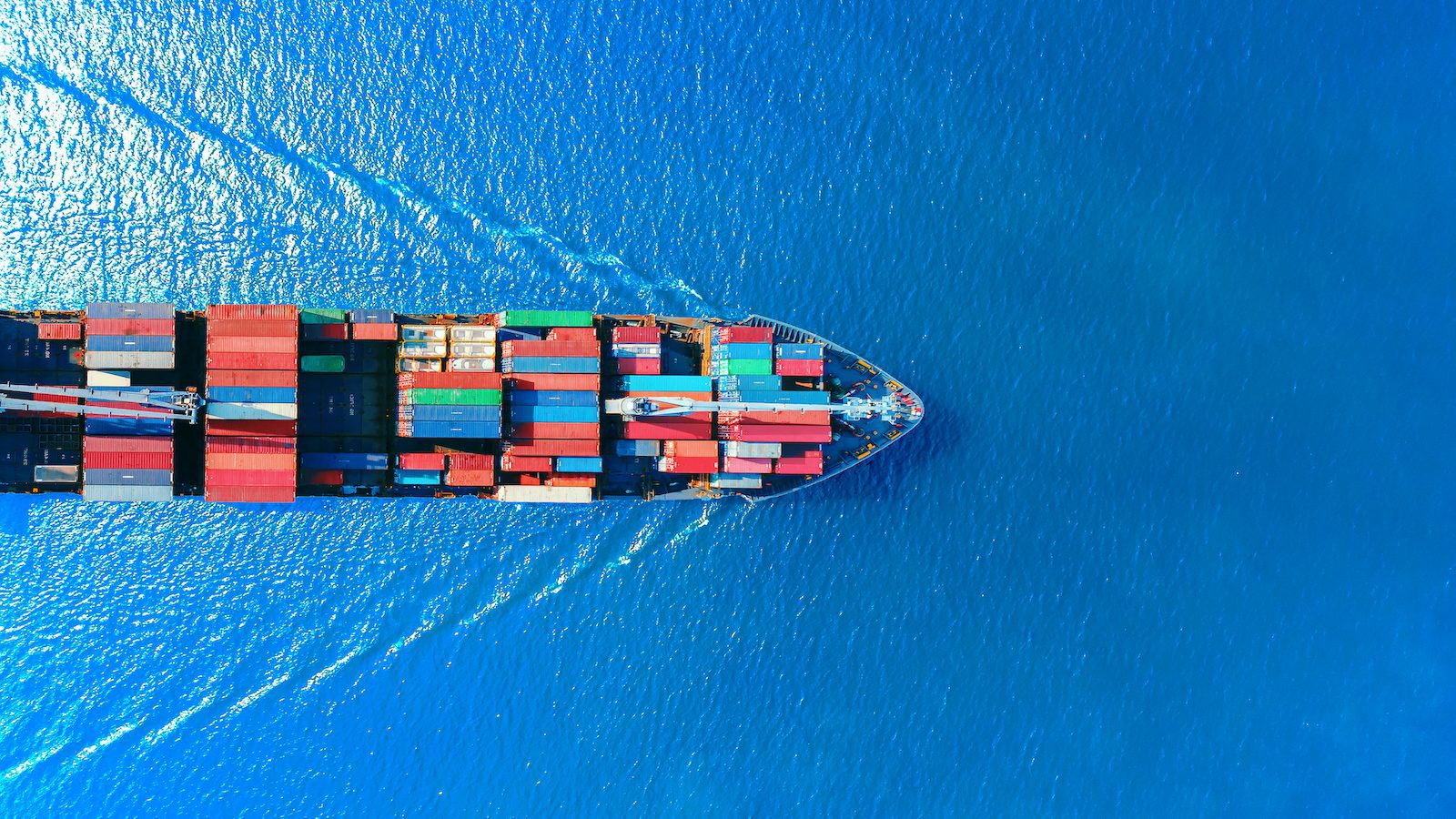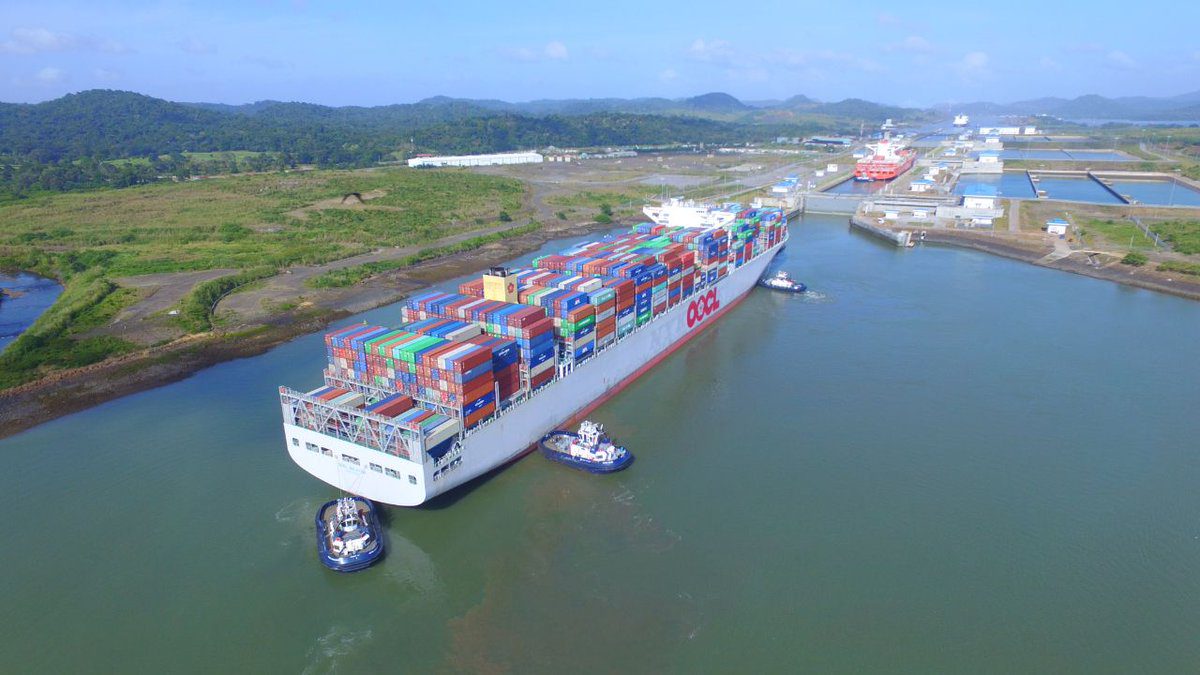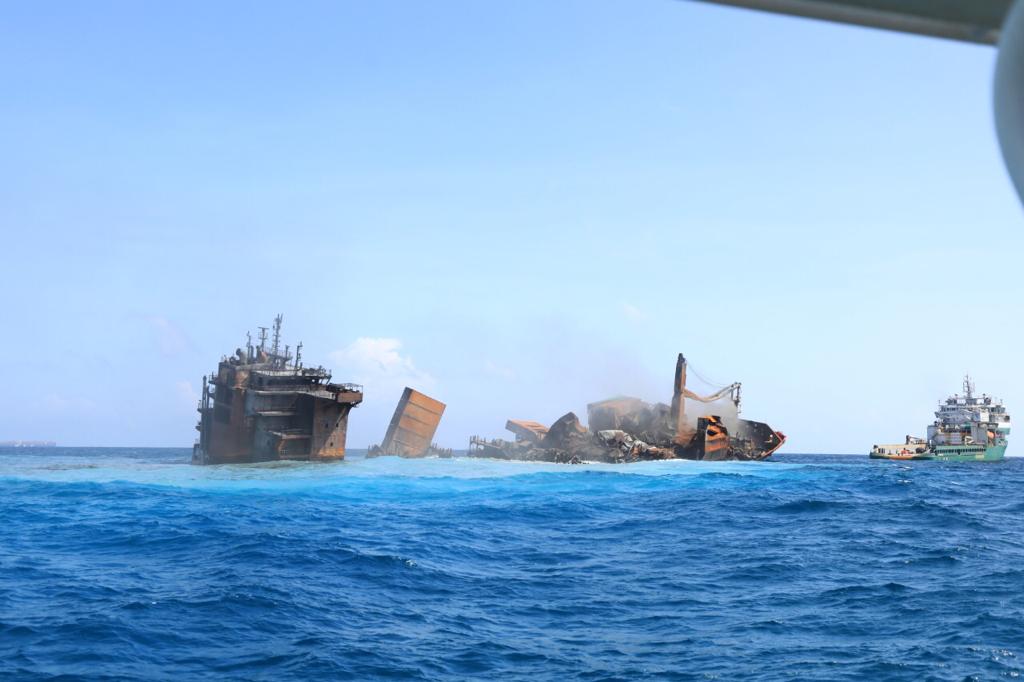By Mike Wackett (The Loadstar) –
Shortsea shipping lines in Northern Europe are facing a fight for survival as demand weakens and rates plummet.
As in the deepsea sector, shortsea container carriers and feeder lines are having to adjust to a reduction in demand across their networks.
For example, according to Alphaliner data, Aarhus-based Unifeeder has reduced its capacity by more than 25,000 teu in the past year, a 17.9% decline in its fleet.
The consultant said DP World subsidiary Unifeeder had streamlined its services connecting North Europe with the Baltic region since the end of last year after “a serious drop in cargo demand in the Far East to North Europe trade” impacted its feeder volumes.
Notwithstanding the war in Ukraine, which has significantly affected cargo demand in the Baltic, feeder operators plying traditional feeder routes in the North Sea and Irish Sea are having to manage lower volumes and tougher budgeting demands from ocean carrier client procurement officers.
Moreover, the liners, still awash with cash generated over the past two years and with surplus capacity snapped up on the second-hand vessel S&P market, are minded to deploy their own tonnage for spoke-hub relays and the ad-hoc feeder parcels which add the jam to the bread-and-butter of the liner feeds.
Indeed, a feeder operator executive told The Loadstar recently carriers were again “turning the screws” on feeder rates and volume commitments.
“Unlike our carrier customers, we never enjoyed the boom times as charter hire rates for ships went through the roof, and shipowners wanted us to commit for ridiculously long periods. And if we did get tonnage, we couldn’t get the ships worked due to port congestion,” he said.
“We had some ships sitting outside Rotterdam for six days during the peak congestion periods, and there were ports that refused to accept a feeder call at all, despite the boxes for relay taking up space on the quay,” he added. “Schedules were destroyed and it was impossible to find replacement ships to cover the delayed vessels.”
Nevertheless, according to Alphaliner, Singapore-headquartered X-Press Feeders has managed to expand its fleet by 2.1% in the past year, and has overtaken Unifeeder to become the world’s largest common feeder operator. It is ranked 16th in terms of capacity, with a fleet of 85 ships (of which 37 are owned) for a total capacity of 134,773 teu.
Meanwhile, Unifeeder’s rationalisation of its services has dropped its ranking to 19th, with its fleet of 74 chartered vessels for a capacity of 118,571 teu.
Furthermore, X-Press has an impressive orderbook of 26 ships, for a capacity of 90,162 teu, representing 67% of its existing fleet. Orders include six 1,250 teu feeder vessels, equipped with methanol dual-fuel propulsion, that will be delivered in 2025 and 2026.
Newbuild containership orders are heavily tilted towards vessels of 10,000 teu and over, with the current orderbook for smaller vessels insufficient to replace the ageing fleet.
The Loadstar is known at the highest levels of logistics and supply chain management as one of the best sources of influential analysis and commentary.

 Join The Club
Join The Club











